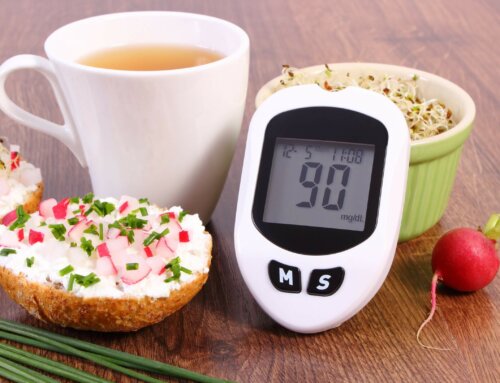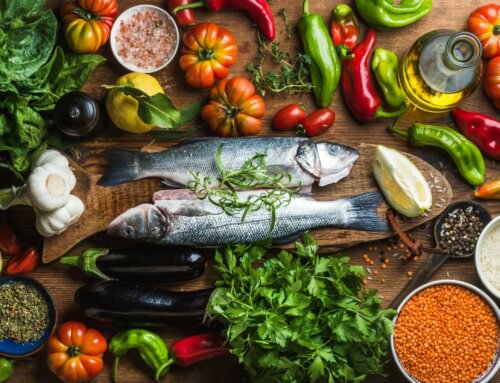Holidays can be tough for diabetics, and Thanksgiving is probably number one on that list. After all, a dinner table groaning under the weight of everyone’s special dishes is the standard, right? Your aunt’s homemade noodles, Grandma’s buttery rolls, the sugary goodness of pumpkin pie, and ladles of rich gravy poured over that turkey can really wreak havoc on your blood sugar.
This Thanksgiving, prepare yourself for the onslaught of calories and high-glycemic foods by planning ahead. It really is possible to enjoy this beautiful holiday without sacrificing your diet. Here’s how.
- Fill your plate with low-carb and low-glycemic foods to prevent blood sugar spikes. Turkey, vegetables, and a green salad can fill you up and will provide a steadier supply of glucose to the bloodstream than breads, pies, and candied sweet potatoes. Remember that the fat content of the foods you eat can help slow the glycemic response, so a pat of butter here and a dollop of cream sauce there shouldn’t sink the ship.
- Try out some low-carb versions of the old stand-byes like stuffing and rolls. It’s not a bad idea to try out a new product or recipe before the holiday, though, just to be sure you and your family will enjoy it. You can even substitute mashed cauliflower for mashed potatoes. Believe it or not, they’re quite tasty! If low-carb breads are not your style, try high-fiber ones instead. They take longer to digest and release glucose at a slower, steadier rate, helping you to avoid spikes and crashes.
- Exercise. Take a walk with your cousins or play kickball with all those nieces and nephews. You could even volunteer to tackle the dishes this year for a change. Not only will the activity burn calories, it will help bring down your blood sugar levels.
- If you know there will not be healthy choices available at your Thanksgiving meal, eat before you arrive or offer to bring a dish. Offer to bring a low-sugar dessert that you and others watching their diet can enjoy.
- Don’t forget to have your medication and blood sugar monitoring equipment with you. That way, you’ll be able to make an informed choice about whether to go for that slice of pie.
- Practice moderation. Just because there are 20 dishes on the table doesn’t mean that you have to have a helping of each one. Or if you want just a taste of each one, then have it—but just a taste! Don’t go overboard.
- Try to space out your eating into a few smaller meals. This can be difficult if one big sit-down meal is the order of the day. If that’s the case, go easy during the main event. There will always be leftovers to nibble on later, not to mention opportunities to sneak back into the kitchen for a little something extra.
- If family members press you to “eat just a little more”, remind them that it’s nothing personal and you love their special dish, but that you’ve got to watch your portions. Most people will be understanding and supportive.
If you are especially concerned about keeping your diabetes routine on track during the holidays, talk with your doctor or dietitian about how to manage this time period. Make a list of the foods that will be on the menu, calculate calories and glycemic response, and then select your choices beforehand. This can take the guesswork out of everything and will leave you free to enjoy the day without worries.












Leave A Comment